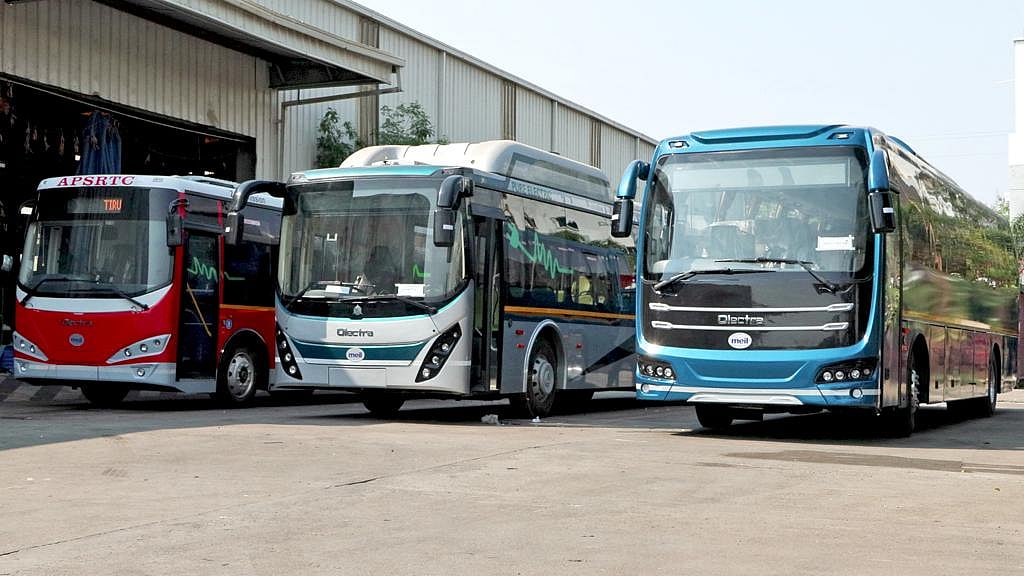MSRTC Faces Criticism For Charging Different Fares On Identical Electric Buses | Representational Image
The Maharashtra State Road Transport Corporation (MSRTC) is facing backlash from passengers for charging different fares on electric buses that offer the same features and facilities, solely based on branding and colour differences.
Both the blue ‘E-Shivneri’ and the white-green ‘E-Shivai’ buses, built on the same Olectra CX2 platform and operating under the gross cost contract (GCC) model, have been serving various intercity routes across Maharashtra.
Despite being technically identical, passengers pay Rs 21.25 per 6 km on the E-Shivneri, while the fare for E-Shivai is Rs 15.15 for the same distance.This disparity has drawn criticism from both transport experts and commuters, who have questioned the rationale behind the pricing.
MSRTC, which operates nearly 15,000 buses including non-AC and premium electric coaches, had already received approval for a 14.95% fare hike in January from the Maharashtra State Transport Authority (STA).
According to MSRTC sources, the E-Shivneri fleet primarily operates on the Mumbai-Pune route, and the E-Shivai buses ply on the Thane-Alibag, Beed-Pune, and Nashik-Chhatrapati Sambhajinagar routes. Both are 12-metre-long air-conditioned electric buses with similar features, such as push-back seats, charging points, and reading lamps.
The corporation also operates some Greencell-make E-Shivai intercity buses from Pune, Aurangabad, Kolhapur, Nashik and Solapur. In terms of safety and comfort features, these buses are not different from Olectra CX2 ones, sources said.Passengers have, however, slammed the corporation for charging different fares for buses of the same model without any extra services, saying the move lacked logic and transparency.
According to a frequent commuter, changing the colour of a bus’s exterior and seat covers does not make it a new brand. There needs to be a clear distinction in terms of facilities, ride quality, or service levels to justify different fares,” According to sources disparity in fares isn’t limited to the air-conditioned electric bus services alone, and the case is the same with the MSRTC’s ordinary and semi-luxury buses. “Over the past decade, the state-owned corporation has significantly upgraded its ordinary buses.
As a result, there is no difference between these and semi-luxury buses, which charge 25 per cent more fares” stated another passenger.
According to sources, most of ordinary buses now have features such as charging ports, push-back seats, and 2×2 seating, which were once exclusive to semi-luxury buses.
According to sources MSRTC has over a dozen types of services, and fare slabs are unnecessarily complicated.
“Ideally, it should have a simplified fare chart, with four categories based on whether a bus is AC or non-AC and premium or ordinary” said an other passengers.”
“This will simplify ticketing for the corporation and passengers. The slabs should be in multiples of Rs 5, which will reduce the problem of keeping and counting small change,” he said.
